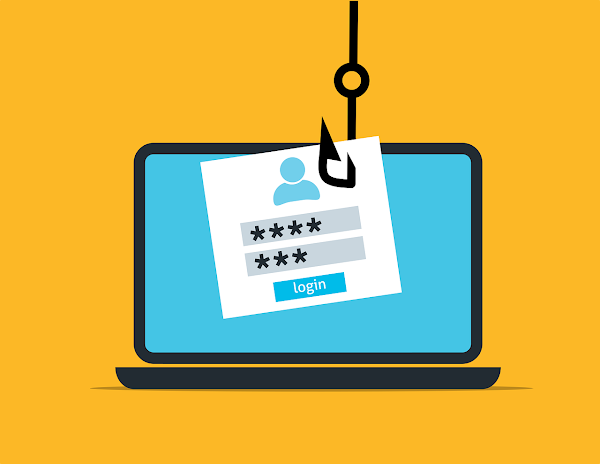A significant cyberattack on the Singapore-based cryptocurrency exchange Phemex has resulted in the loss of over $70 million in digital assets. Blockchain security experts...
Crypto Attack
Cryptocurrency exchange
Cyber Attacks
DMM
Hacker attack
North Korea
North Korea Hackers














.webp)






